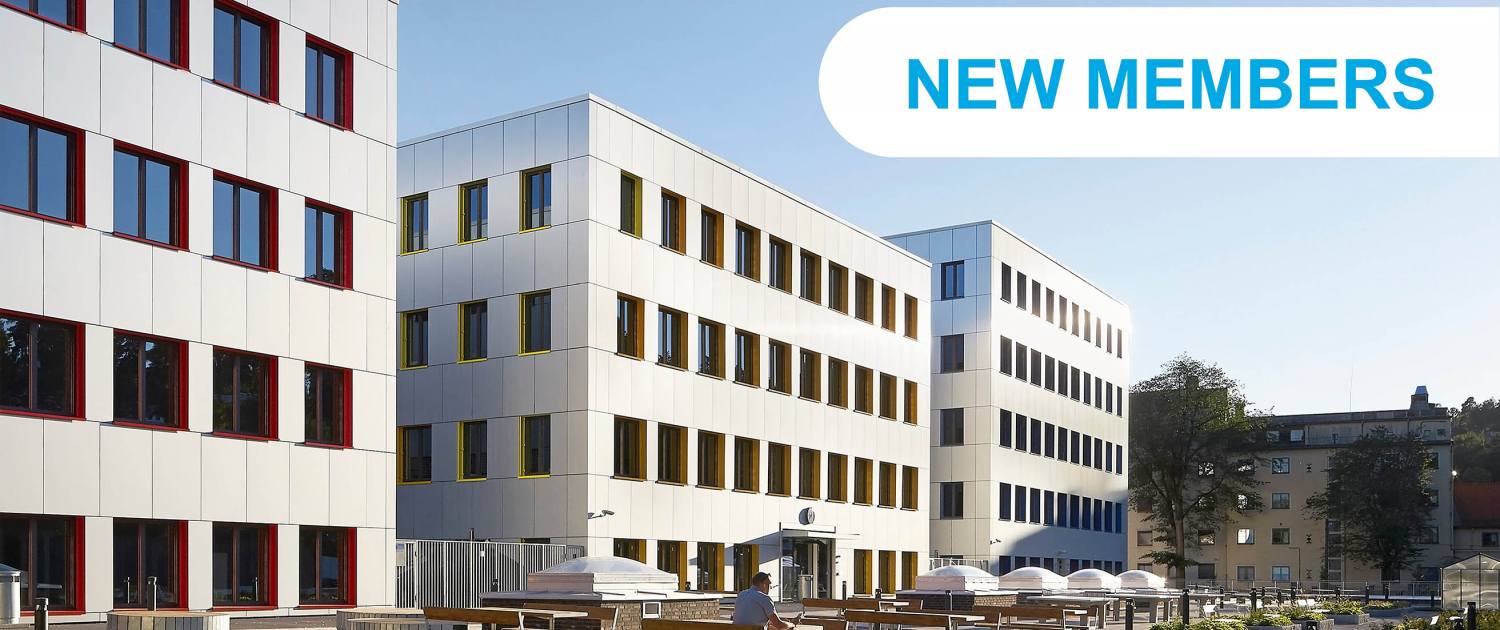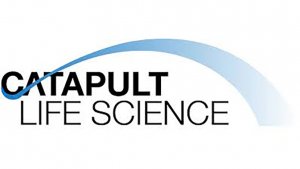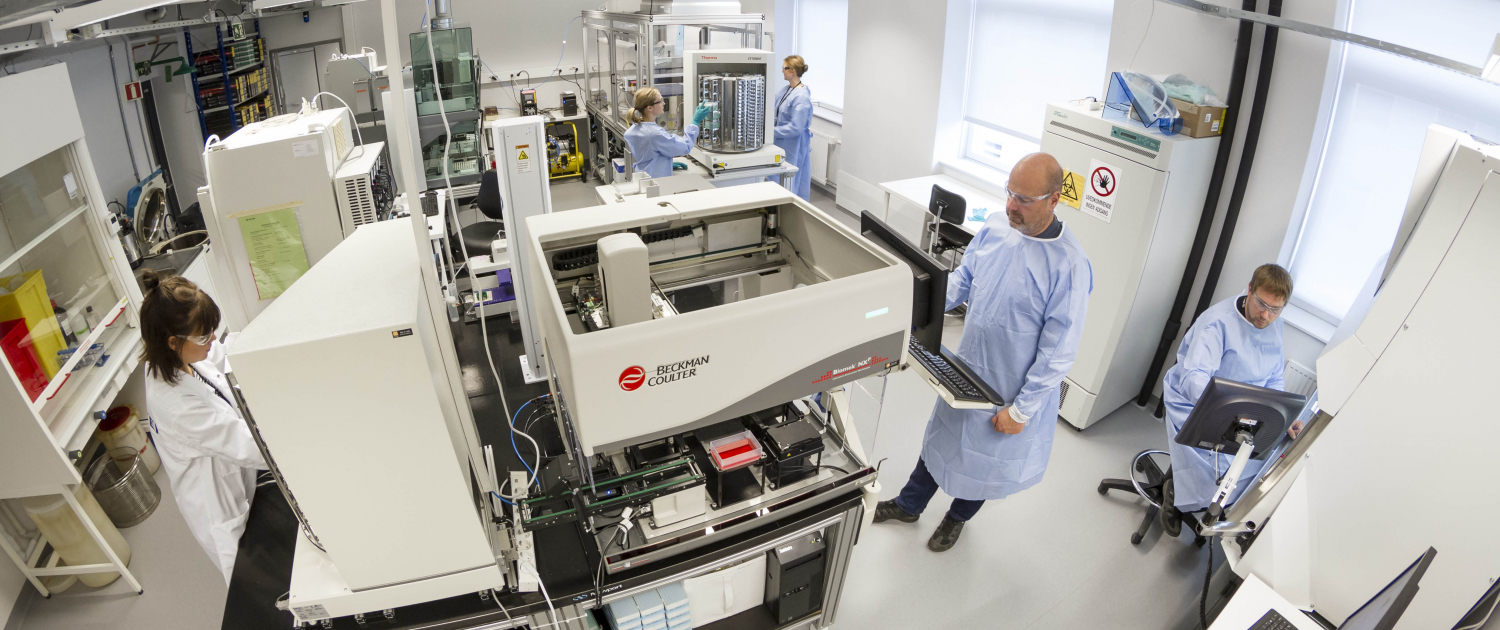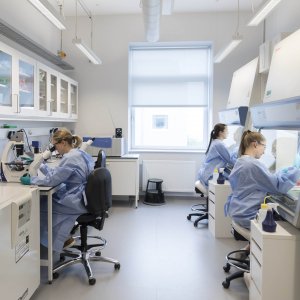New report: Cancer in Norway 2018
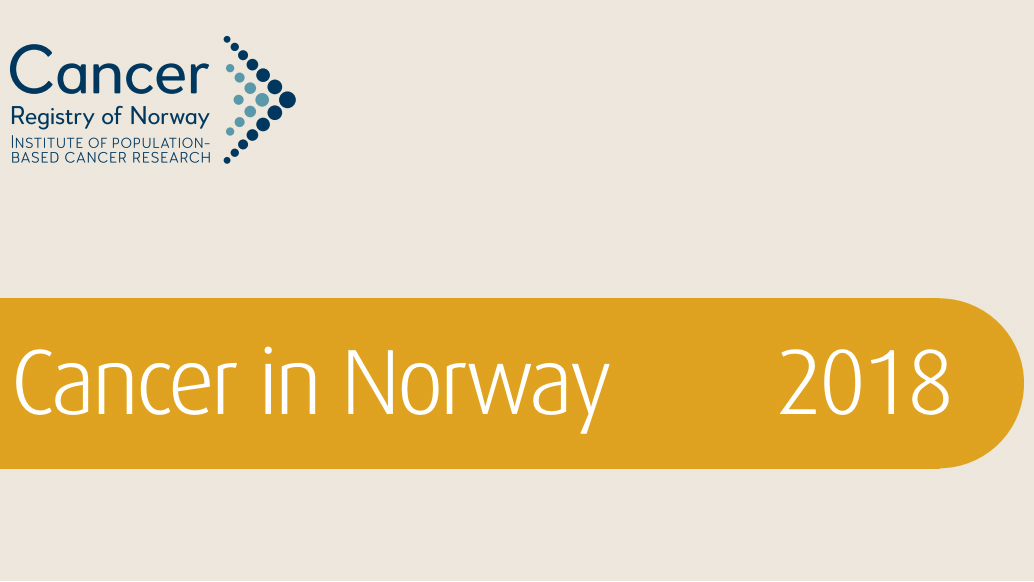
Cancer Registry of Norway has released the report Cancer in Norway. These are the main points.
Since the 1950s, Cancer Registry of Norway has published statistical reports of the cancer incidence in Norway almost annually. The past 14 editions of these reports can be found online on the Cancer Registry’s official report page.
In 2018, 34 190 new cancer cases were reported. In order to understand how cancer changes over time in the population, the Cancer Registry examines rates over five-year periods.
Differences between men and women
18 321 men were diagnosed with cancer in 2018.
These are the most common cancer types among men:
- Prostate cancer, 27,9%
- Lung cancer, 9,3%
- Colon cancer, 7,9%
- Cancer in the urinary tract, 6,9%
- Skin cancer, non-melanoma, 6,1%
In men, the rates for all cancers combined have been stable. Rates for prostate and lung cancer are decreasing, and so are the rates for rectum cancer, while the trend for colon cancer points slightly upwards.
15 869 women were diagnosed with cancer in 2018.
These are the most common cancer types among women:
- Breast cancer, 22,3%
- Colon cancer, 10,1%
- Lung cancer, 10,0%
- Melanoma, 6,8%
- Skin cancer, non-melanoma, 6,4%
There has been a 5,6% increase in the rates among women from the previous five-year period to the most recent one. This reflects increased rates of breast, colon, lung and skin cancer.
Cancer rates by immigrant group
This year the report Cancer in Norway presents cancer rates by immigrant group for the first time.
At the beginning of 2019 immigrants represented 14,3% of the Norwegian population. According to Statistics Norway, about 48% of the immigrants are from Europe, 14% from Africa and 34% from Asia, leaving another 4% from the rest of the world.
Immigrants from outside Europe tend to have lower cancer rates than people born in Norway, the report shows.
In the report foreword Giske Ursin, Director of Cancer Registry of Norway, writes:
“Cancer is predominantly a disease caused by western lifestyle and environment, and many immigrants bring with them a healthier lifestyle associated with lower cancer rates. We may all profit from learning and adapting to a healthier lifestyle.”
Although long-term trends among immigrants tend to be favourable, there are some noteworthy exceptions, according to the report. Immigrants from countries with high smoking prevalence, such as a number of the Eastern European countries, have higher rates of lung cancer.
Socioeconomic factors also matter
The special issue of the report goes in depth on rates among immigrants and also by socioeconomic factors. These factors also matter, according to Giske Ursin:
“We know that socioeconomic status plays a role for several cancers, and a key question is whether there are independent effects linked to income, education and immigrant status. We therefore examine all three factors. We found that a number of cancers are more common among those who have short education or low income. However, we found that the differences between immigrant groups remain after adjustment for socioeconomic factors.”
This information can be used to reduce cancer risk, according to the Cancer Registry – but one size does not fit all in terms of prevention. Ursin writes:
“We need a more targeted approach if we are to prevent cancer in all population subgroups at higher risk of cancer.”
Read the report
- Cancer in Norway 2018 – Cancer incidence, mortality, survival and prevalence in Norway is available in a printed version. The report is free of charge, and can be ordered by sending an email to kreftregisteret@kreftregisteret.no
- Or download the report, in English and Norwegian, from the website of the Cancer Registry of Norway
- The special issue part about immigrants and socioeconomic factors is only available in Norwegian for the time being



